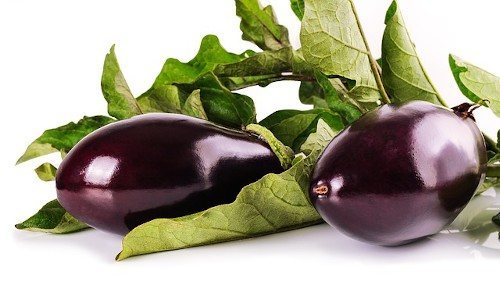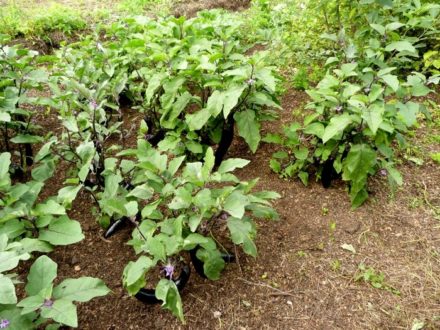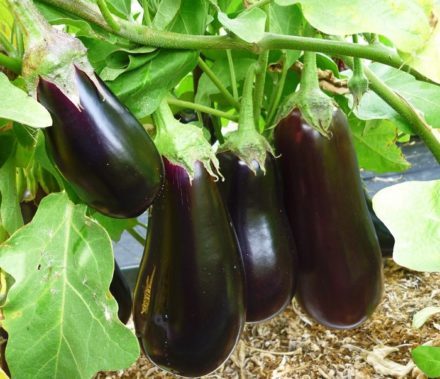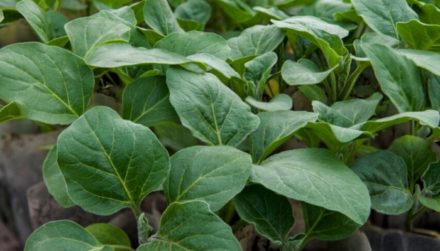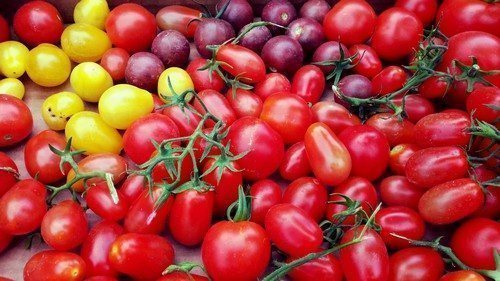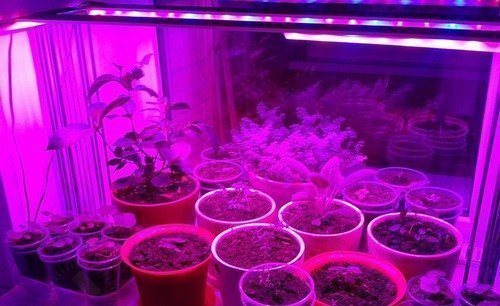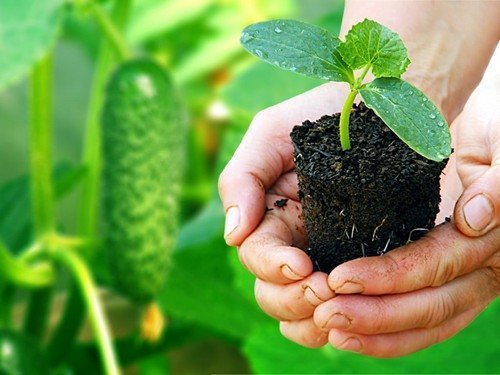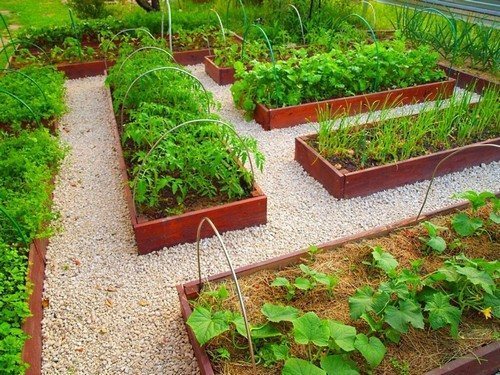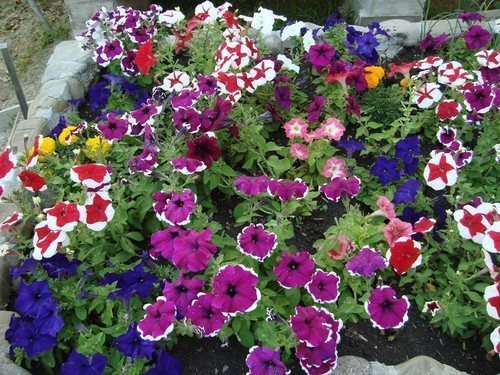It's no secret that vegetables grown on your own plot are much tastier and of higher quality than store-bought ones. While tomatoes, cucumbers, and peppers are grown by most gardeners, eggplants are much less popular.

This is explained by the whimsicality and capriciousness of this culture. But it is quite possible to get a rich harvest of eggplants. To do this, you need to grow the seedlings yourself, strictly adhering to certain rules.
Sowing time
The first thing you need to do is decide on the timing of sowing the seeds. To do this, you need to take into account several factors:
- climatic features of the region;
- place for planting seedlings (greenhouse or open ground);
- timing of vegetable ripening.
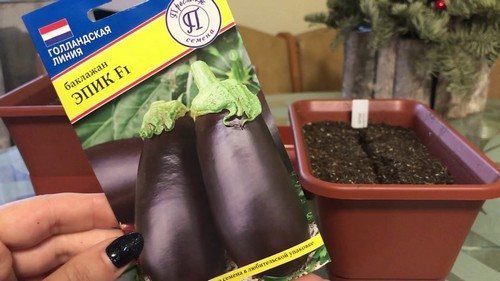
If the seedlings are intended for planting in a greenhouse, then the seeds are sown 14-15 days earlier than when planting seedlings in the ground.
At the same time, weather conditions also play a significant role. In the southern regions, seedlings are transplanted into the ground in April. Whereas for the middle zone, May is considered the optimal time for planting seedlings. In the Urals and Siberia, it is necessary to transfer the sprouts to a permanent place only in June. In accordance with this, seed sowing is carried out later than in warmer regions.
In addition, you need to pay attention to the timing of eggplant ripening. Early ripening varieties require about 90 days to fully ripen. Mid-season varieties ripen 110-120 days after sowing. And the growing season of late varieties is 140 days or more.
Taking into account all these features, you should begin preparing for sowing eggplant seeds.
Seed preparation
Having decided on the sowing time, you can begin preparing the seeds for planting. This is done 7-10 days before placing the grains in the soil.
The first thing you need to do is sort the seeds, getting rid of the damaged and deformed ones.
Further preparation of seed material consists of the following steps:
- Rejection of unsuitable seeds. To do this, you need to prepare a solution by diluting salt (1 tbsp) in warm water (1 l). Immerse the planting material in the saline solution for a few minutes. Empty seeds will float to the surface, and full ones will sink to the bottom. Empty seeds are thrown away, and full ones are washed with running water and dried.
- Disinfection in a saturated solution of potassium permanganate, immersing the seeds in it for 20-25 minutes. You can pickle the seeds in a Fitospirin solution prepared according to the instructions.
- Treatment with a biostimulant (heteroauxin, epin, zircon), which saturates the seeds with useful microelements
- Germination necessary to accelerate the emergence of seedlings. To do this, the seeds are placed between pre-moistened cotton pads and left for 2-3 days in a warm place.
When choosing seeds for planting, it is better to give preference to hybrid varieties. They are more resistant to diseases and temperature changes, and produce high yields.
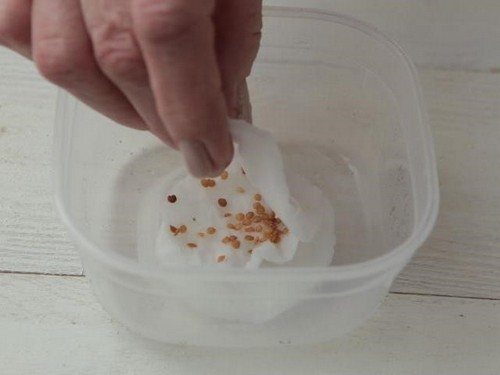
Soil preparation
Capricious, picky eggplants require fertile, loose soil with a neutral acidity level.
The soil mixture can be purchased ready-made at a specialized store or prepared yourself.
There are several soil options for eggplants:
- Mix turf soil, humus and sand in a ratio of 2:3:1. Add wood ash (1 cup) to the resulting mixture.
- Take compost from humus (8 parts), cow manure, potassium salt, superphosphate (1 part each), mix all the ingredients, adding turf soil (2 parts).
- A composition is prepared from sawdust, peat, humus and turf soil in a ratio of 0.5:1:2:1.
The soil must be disinfected by calcining it in the oven or treating it with industrial preparations (potassium permanganate, phytospirin solution).
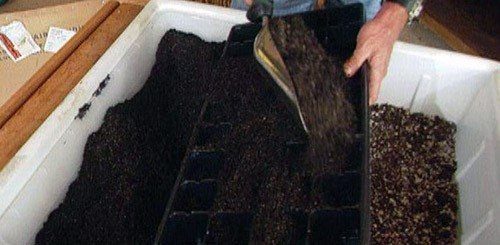
Planting in containers
The choice of containers for eggplant seedlings depends on the preferences of the gardener. For sowing grains use:
- seedling boxes;
- peat tablets or pots;
- disposable cups;
- plastic cassettes.
When planting eggplants in boxes, fill the container with soil to the very edge, since after watering the soil settles.
Then, with a pencil or wooden stick, grooves about 1 cm deep are drawn at a distance of 2-3 cm from each other. Seeds are sown in the prepared grooves, sprinkled with soil and watered.
Polyethylene film is stretched over the boxes.
The volume of disposable cups used for seedlings must be at least 200 ml.
Peat tablets consist of compressed peat mixed with humus and micronutrients. The tablet is first dipped into a container of water. Having swollen, it increases several times. After this, the grain is placed in a special hole and covered with soil. Cover the top with film.
All containers must have holes made and a drainage layer present.
The container must be disinfected by pouring boiling water over it or placing it in the oven for a few minutes. Plastic containers are treated with a manganese solution.
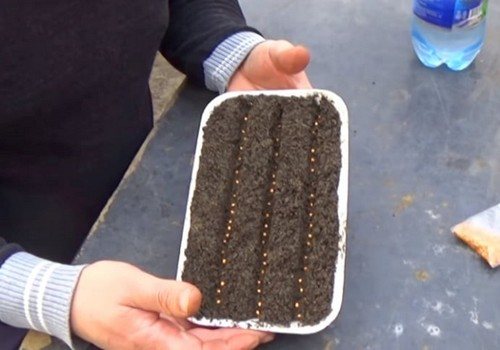
Seedling care
After sowing the planting material, the containers are placed in a warm, shaded place. For seed germination, the temperature regime is observed, maintaining a temperature of at least 26-28°C.
Water the eggplants with settled warm water, spraying the soil with a spray bottle. Excessive watering can wash away the seeds and they will die. The soil should not be allowed to dry out. This also has a negative effect on the seed material.
To prevent waterlogging and mold formation, periodically remove the film to ventilate containers with planting material.
After the first shoots peck, the boxes and pots are moved to the windowsill.
The film is removed from the containers, doing this in stages:
- on the first day - for 2 hours in the morning and evening;
- on the second day – for 4 hours;
- on the third day - keep the containers open during the day, closing them at night.
The next day they finally get rid of the film.
Certain agrotechnical measures will help to grow strong and healthy seedlings:
- Maintaining optimal temperature conditions. The air temperature is reduced to 16-18°C. This will help strengthen the root system and prevent excessive growth of the above-ground part. After 7-8 days, the temperature is increased to +24-+25°C during the day, decreasing to +17-+18°C at night. This is necessary for faster adaptation of seedlings to natural conditions.
- Lighting the sprouts. In addition to natural light, young seedlings need additional lighting.This can be done using fluorescent lamps, turning them on in the morning and evening for 2-3 hours. The lack of normal lighting leads to stretching and weakening of seedlings.
- Watering seedlings. To water the seedlings, as before emergence, use settled warm water. Water with a watering can with a narrow spout directly under the root, avoiding water getting on the young leaves. Do this in the morning or evening as the top layer of soil dries out.
- Feeding. Young seedlings are fed 12-14 days after the first shoots sprout. To prepare the nutrient mixture, ammonium nitrate (1 tsp), superphosphate (3 tbsp), potassium sulfate (3 tsp) are mixed with water (10 l).
All these actions will help strengthen the seedlings before transplanting into a large container.

Dive
The appearance of the first full-fledged leaves indicates that it is time to pick the seedlings. The container for eggplant seedlings must have a good drainage system. It is pre-disinfected. The soil is taken the same as for seed material.
Picking is carried out as follows:
- Before the procedure, the seedlings are watered, leaving for 2-3 hours to saturate the soil with moisture.
- A hole is made in the center of containers filled with soil mixture.
- A seedling with a small amount of soil is removed from the container, being careful not to damage the roots.
- The sprout is lowered into the recess and covered with soil.
- The soil is carefully compacted and moistened by pouring water under the root.
In order for the transplanted seedlings to take root, picking must be done in a timely manner. You cannot pick seedlings before the formation of the first true leaf blades, since the root system of the sprouts is still too weak.Overgrowing bushes is also undesirable. This will delay their adaptation after transplantation and slow down their development. And this in turn will lead to later fruiting.
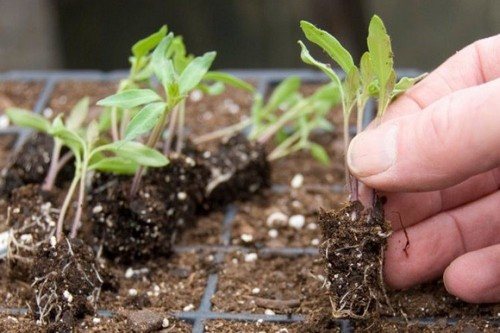
Caring for seedlings after picking
Care for the picked seedlings in the same way as before the procedure.
The main thing is to water the plants on time, provide them with the necessary lighting and nutrition.
It is better to water the seedlings in the evening. When a crust forms on the surface of the earth, the top layer is loosened. Otherwise, the root system will not have enough oxygen. You need to loosen carefully and shallowly, trying not to damage the roots. A few hours before loosening, the seedlings are watered.
Plants begin to be fed 14-15 days after diving. The seedlings are fertilized with complex or organic preparations intended for nightshade crops. When adding nutritional mixtures, you should follow the recommendations specified in the instructions for the drug. Before fertilizing, water the plants abundantly to avoid burns to the root system.
In order for eggplant seedlings to take root faster after being transferred to open ground, they are first prepared for new conditions. For this purpose, a hardening procedure is carried out 15 days before planting.
The first days leave a window or window open, starting from 20-30 minutes and gradually increasing the time. Then the seedlings are exposed to the street or balcony for several hours.
It is not necessary to harden the seedlings if they will later be grown in a greenhouse.
Healthy and strong eggplant seedlings reach a height of 20-25 cm, have about 10-12 leaves and several buds.
Seedlings are planted in open ground only after warm weather has finally established and the risk of a return of night frosts has disappeared. The seedlings are transferred to the greenhouse 2-3 weeks earlier.

Thus, growing high-quality eggplant seedlings is not at all difficult. It is enough just to provide her with good care and follow all agrotechnical rules. This will help you get a considerable harvest of magnificent fruits.


